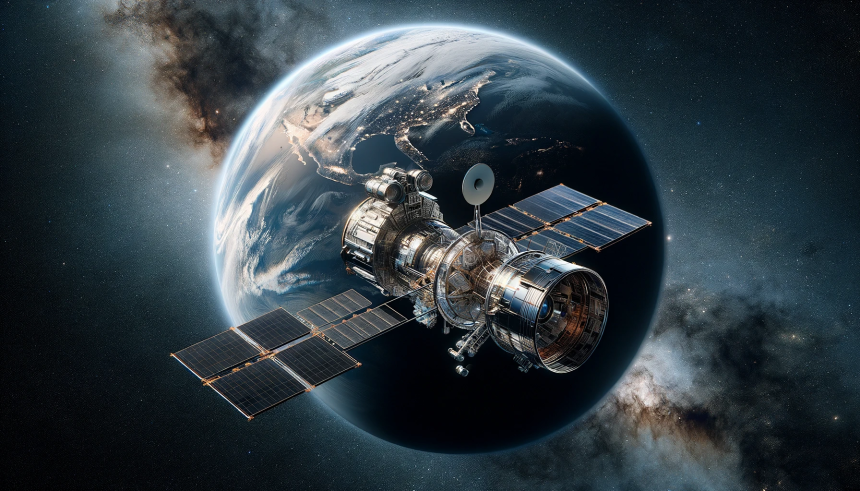NASA is planning to enhance its ultraviolet (UV) astronomical capabilities by introducing the UltraViolet Explorer (UVEX) mission in 2030 and proposing the Mission to Analyze the UltraViolet universE (MAUVE). These initiatives build on the legacy of NASA’s Great Observatories, aiming to provide deeper insights into the unseen aspects of our universe. MAUVE, developed by researchers at the University of Michigan and various collaborating institutions, is expected to launch by 2031 and will focus on sophisticated instruments designed to explore high-energy astrophysical phenomena.
Previous UV missions like the Galaxy Evolution Explorer (GALEX) have conducted extensive all-sky surveys, yet there remains a need for more detailed observations, especially in far- and extreme-ultraviolet wavelengths. Current facilities such as the Hubble Space Telescope‘s UV instruments are oversubscribed, indicating a significant demand for additional UV observatories. The proposed MAUVE mission aims to address these gaps by providing advanced capabilities that current detectors lack in capturing distant UV phenomena.
What are the Goals of the MAUVE Mission?
MAUVE is designed to investigate key astronomical questions categorized under themes like ‘Are We Alone?’, ‘How Does the Universe Work?’, and ‘How Did We Get Here?’. The mission will study atmospheric escapes of sub-Neptunes, atmospheric compositions of giant exoplanets, and the nature of explosive cosmic events such as kilonovae and type 1A supernovae. By doing so, MAUVE will contribute to understanding the habitability of exoplanetary systems and the fundamental processes shaping the universe.
How will MAUVE Enhance UV Astronomy?
The MAUVE mission will extend the observational range of UV astronomy by introducing wide-field spectrometry and imaging capabilities. According to Dr. Emily Rickman, “the MAUVE mission concept focuses on significant themes that are key unanswered questions in astronomy.” Allocating 70% of General Observer time, MAUVE will enable the wider scientific community to propose and conduct observations, thereby expanding research opportunities in a largely unexplored parameter space.
What Challenges do UV Observatories Face?
One major hurdle is the necessity of operating in space, as Earth’s atmosphere absorbs most UV radiation, necessitating costly space-based observatories.
“Due to the limited number of UV observatories, the ones that are currently active, like the Hubble Space Telescope, are over-subscribed by astronomers all over the world,”
explains Dr. Emily Rickman. Additionally, capturing far extreme UV wavelengths remains difficult with existing instruments, creating a blind spot in astronomical observations that MAUVE aims to fill.
The proposed MAUVE mission represents a significant step forward in ultraviolet astronomy, addressing existing limitations in observational capabilities. By focusing on strategic themes outlined in the Astronomy and Astrophysics 2020 Decadal Survey, MAUVE aims to answer some of the most pressing questions about the universe’s structure and the potential for life beyond Earth. The mission’s emphasis on community involvement through extensive General Observer time ensures a broad range of scientific inquiries can be explored, potentially leading to groundbreaking discoveries in our understanding of the cosmos.










